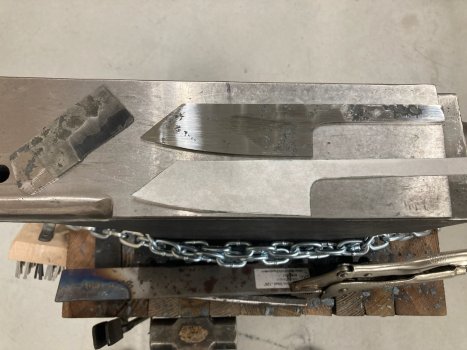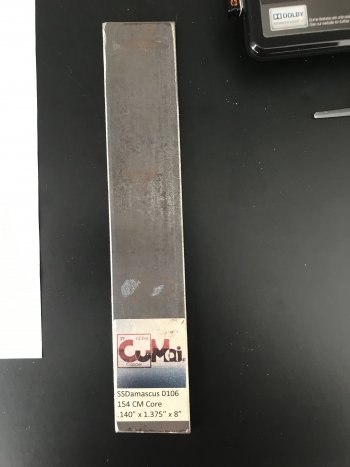jmforge
Well-Known Member
Not to offend anyone's material choices, but why are so many people infatuated with using "junk" or "mystery" steel for blades or to make damascus? Likewise, why are folks excited about including materials in damascus, sam mai, etc that does not harden like copper, pure nickel or even wrought iron or mild steel for that matter? Sometimes, you can't even argue that it looks good. It's one thing to use say "NOS" steel like Hanson/GM W2 or perhaps ball bearings/races or crane cable back when there was no other readily available source for 52100 or 1084. Why now? Some makers of rather pricey knives would have us believe that is it a BETTER thing to be buying a knife made from recycled saw blades, etc. because that somehow helps the environment. Most steel we get today is already recycled. Now you kids get off of my lawn!!!! 


